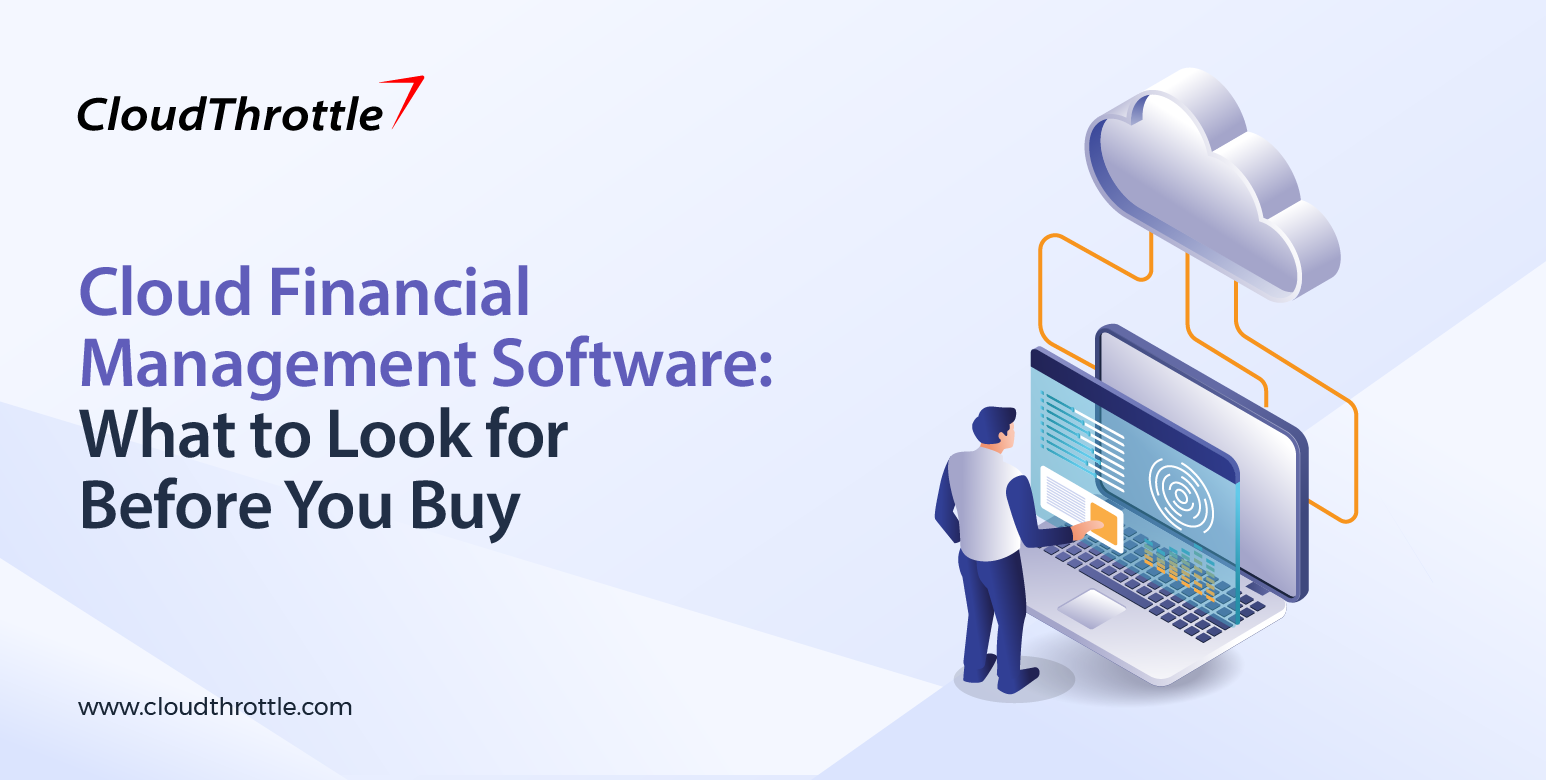What are the Challenges in Cloud Budget Management?
In the dynamic world of cloud computing, where infrastructure scales on demand and applications grow increasingly complex, managing costs effectively has become a paramount challenge. Traditionally focused on maintaining functionality and performance, operations and maintenance teams now face the additional responsibility of optimizing cloud spend. This is where cloud cost observability becomes a game-changer.
Challenges in Cloud Budget Management
Managing cloud budget expenditures can be challenging due to traditional cloud management systems' rigid and outdated approaches. Operational inefficiencies often manifest in several key areas: a "set-and-forget" mentality leading to over-provisioning and cloud waste, the illusion of inexhaustible resources resulting in unchecked allocations and spiraling costs, and developer-centric resource mismanagement due to a lack of FinOps practices. Bridging the gap between resource use and cost responsibility is essential for achieving more mindful and economical resource management, supported by effective cloud cost management.
Understanding Cloud Cost Observability
Cloud cost observability is not just about keeping an eye on cloud expenses; it's about gaining profound insights into how cloud resources are used and understanding the financial implications of every decision. This approach involves collecting, visualizing, and analyzing Cloud usage cost data to enable proactive cost management and optimization. The benefits of cloud cost observability are numerous, including:
- Comprehensive Data Collection: Aggregating cost data from all cloud services, including compute, storage, networking, and databases.
- Granular Cost Allocation: Attributing costs to specific projects, teams, or applications to pinpoint high-spending areas.
- Intuitive Visualization: Using dashboards and reports to present cost data clearly, making it easy to identify trends and anomalies.
- Proactive Alerts and Notifications: Setting thresholds and alerts for unexpected cost spikes or inefficient resource usage.
Why Operations and Maintenance Teams Need Cloud Cost Observability?
Operations and maintenance teams are increasingly responsible for managing cloud resources in real-time, often as part of DevOps practices. This shift necessitates a culture where team members understand and act upon the cost implications of their actions. Here’s how cloud cost observability empowers operations and maintenance teams:
- Enhanced Decision-Making: By having a clear view of cost drivers, teams can make informed choices about resource provisioning, scaling, and instance types. This leads to cost-effective solutions without sacrificing performance.
- Minimized Cloud Waste: Visibility into cloud usage helps identify idle or underutilized resources. Teams can right-size instances, utilize auto-scaling, and decommission unnecessary resources, reducing cloud waste.
- Increased Accountability: When team members see the direct cost impact of their actions, it fosters a culture of financial responsibility and encourages cost-conscious behavior.
- Efficient Troubleshooting: Correlating cost data with performance metrics can reveal inefficiencies or issues. Teams can quickly address these to optimize both performance and cost.
Benefits for the Entire Organization
The advantages of cloud cost observability extend beyond operations and maintenance teams and positively impact the entire organization:
- Significant Cost Savings: Organizations can achieve substantial cost reductions by identifying and eliminating wasteful spending.
- Improved Budgeting and Forecasting: Detailed cost insights enable better financial planning and forecasting, ensuring resources are allocated efficiently.
- Facilitated Cloud Adoption: Addressing cost concerns removes barriers to cloud adoption, enabling broader use of cloud services across the organization.
- Greater Agility and Innovation: Optimizing cloud spending frees up resources that can be reinvested into innovation and business scaling.
Implementing Cloud Cost Observability
Achieving cloud cost observability involves adopting the right tools and practices:
- Integrated Cost Management Tools: Cloud providers offer native cost management tools, but for advanced features, third-party platforms like CloudThrottle provide comprehensive solutions with cost allocation, anomaly detection, and automated recommendations.
- Collaborative FinOps Culture: Encourage collaboration between operations, finance, and development teams to foster a culture focused on financial operations (FinOps) and cost-effective cloud usage.
- Continuous Monitoring and Improvement: Regularly review and adjust cost management practices to ensure they align with evolving business needs and cloud environments.
Case Study: CloudThrottle's Impact on USPTO
The United States Patent and Trademark Office (USPTO) leveraged CloudThrottle's Framework cloud cost observability features to manage its extensive cloud infrastructure. CloudThrottle's unified console and predictive analytics enabled USPTO to save significant costs and optimize resource utilization. The case study highlighted the importance of real-time monitoring, budget management, and the benefits of a collaborative FinOps culture in achieving financial governance.
Conclusion
Cloud cost observability is essential for operations and maintenance teams looking to take control of their cloud spend and optimize resource usage. By gaining deep insights into cost drivers and implementing strategic optimization practices, these teams can contribute significantly to their organization’s financial health. In today’s competitive landscape, cloud cost observability is not just a best practice - it’s a strategic imperative for any organization aiming to maximize the value of its cloud investments.
Ready to transform your cloud cost management? Explore CloudThrottle’s solutions and see how wecan help you achieve unparalleled cloud cost observability and optimization. Connect with us for a product demo at CloudThrottle.









![Top 5 Cloud-Based Spend Management Tools Compared [2025 Edition]](https://cdn.prod.website-files.com/64731606d2cec19ff3da0700/6904613678cbff309a09ef89_Top%205%20Cloud-Based%20Spend%20Management%20Tools%20Compared.png)






